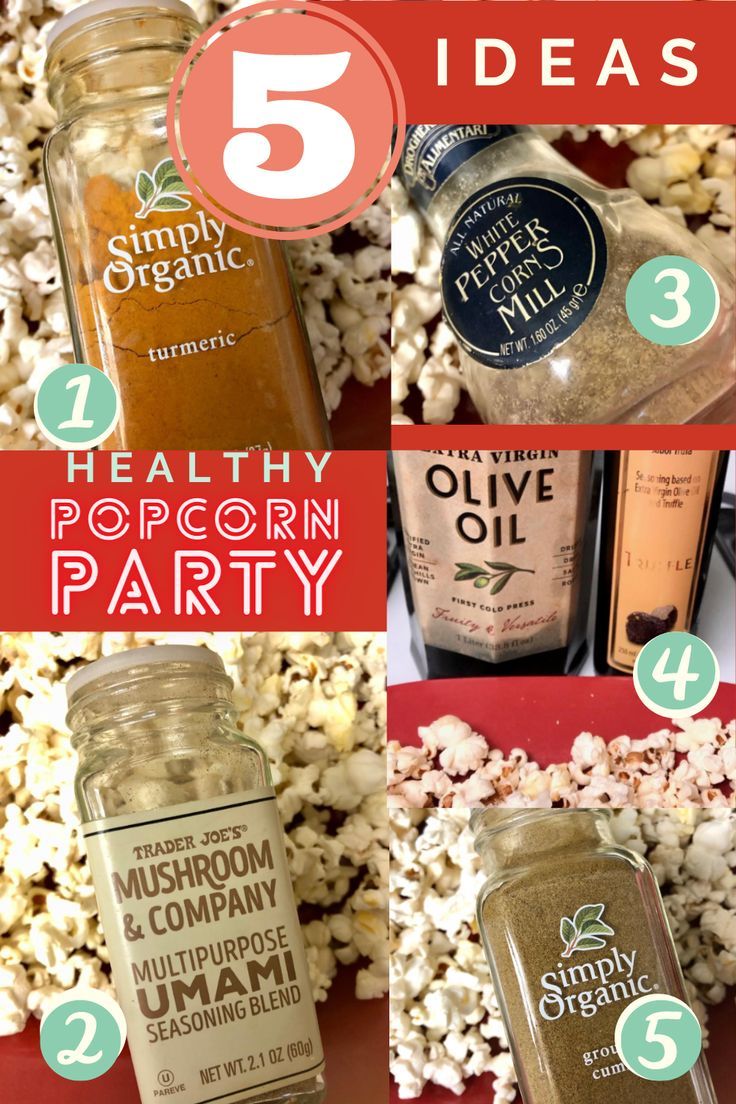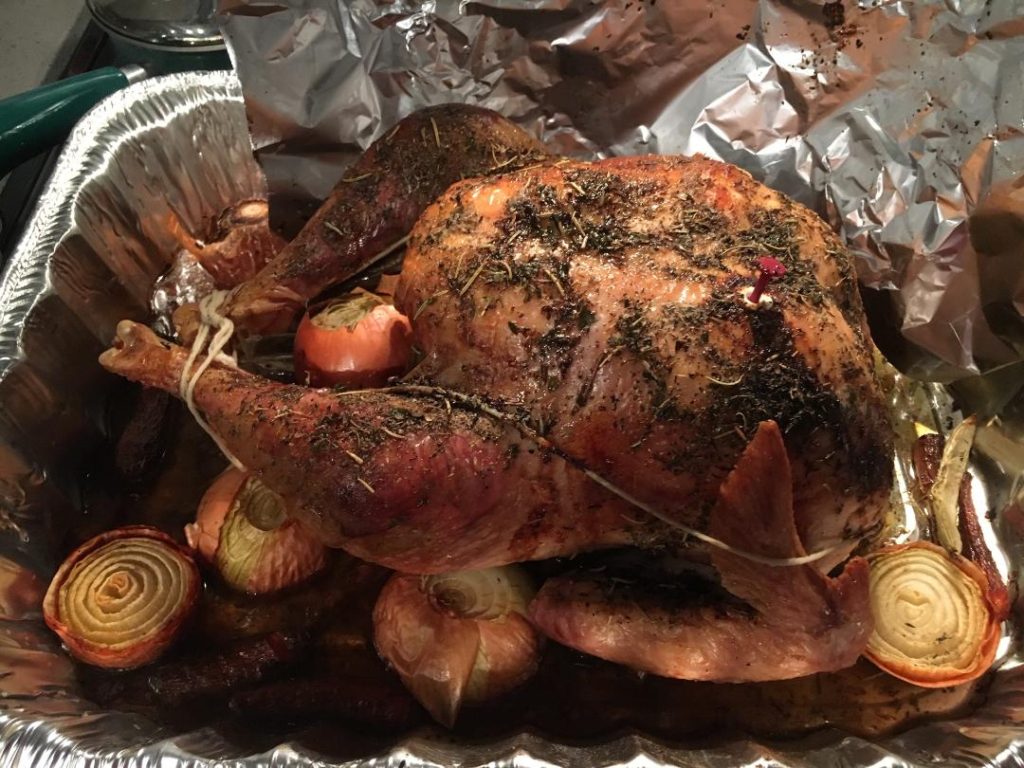Spices and herbs are my favorite accoutrement for cooked-in flavor… plus more for zhugh. Spices are usually an after thought though. 💭
It’s good to sniff your spices once in a while to see if they are still fresh and usable. You can test them with a popcorn tasting party.
…Anything tastings btw make me perk up 🤩 and are up-my-alley probably because I spent a decade de ma vie as an event menu and planner professional working with tasty dishes and party planner hosts.
…And hosting your home popcorn tasting, instead of just a shake of salt, you can add a spice blend. You can also add EVOO for some healthy points or keep your dry snack, dry without any fat (that’s good for weight loss missions or a Kapha imbalance).
A small dash of salt (that’s a pinch or a teaspoon) daily is healthy for most people. 🧂
…But most of us get enough salt from the foods we eat without needing to add more… unless you cook all your foods and then you know exactly how much of this-or-that you’ve added.
And for more truth, there’s a myth that sea salts are healthier. All salt has sodium at the core, and salt from the sea has about the same as table salt.
I like to have a mixture of coarse salt, Celtic and Himalayan sea salts, and table salt for different cooking and baking reasons.
Coarser salts make good zhugh like food bling. 💍 Its crunch is also baked salty-good in fall pizzas.
And like salt, spices can add flavor in and on foods.
Herbs are often better on (or at least visible), and brown spices better as invisible flavor. But some spice seeds are zhugh exceptional like coriander, saffron threads, and fiery crushed red pepper flakes. 🔥
Herbs come from the greener parts (stems and leaves) of the plants and spices come from the seeds, roots, bark, and flowers… so they’re often ground to pinhead size or a powder.
I’ll share my bits here as these are some of my favorite year-round and holiday cooking spices and herbs in their own anti-inflammatory league:
1.Saffron (bitter, sweet pungent):
Saffron is delicious on most seafood like a seafood paella or saffron shrimp egg white omelette.
The thin red strands are unique and tasty on ooey-gooey desserts or a glazed lemon coconut cookie. And not only does saffron lift flavor: did you know saffron is a mood lifter? …so if you have an imbalanced Kapha mood that’s part of seasonal winter months, this is an amazing addition.
It also believed to help with worried and anxious feelings that are obvious Vata signs.
2.Cayenne pepper (pungent):
If you add the heated cayenne spice in your salty dishes like mac-n-cheese, then you have a different tasting dish altogether. Fresh cayenne can be caliente hot so don’t let the muted color-appearance fool you.
Did you know cayenne is used in many Cajun dishes?
If you want to stick with a mild dish, you could use the safer mild paprika (found also in Creole dishes like gumbo).
Adding cayenne on top of avocado sprouted bread toast is a personal favorite snack that’s good so you don’t add too much hot spice as you can see the contrast in colors.
The initial burning sensation you get on your tongue is what makes the plant-based capsaicin compound anti-inflammatory.
3.Turmeric (smokey/astringent):
In case you’re wondering what does turmeric tastes like? …it gives any salty dish a smoky taste.
Tumeric is a super-anti-inflammatory curcumin spice that gets more healthy potent with black pepper.
It’s smoky and extremely dry to the mouth. The bright orange flaming color would never prepare you for that.
Consider adding turmeric spice to potatoes, fish, or eggs.
On popcorn, I like it with a ‘lil EVOO since turmeric is astringent (drying in the mouth) and popcorn is naturally dry. 🍿
This is a healthy way over adding salt and butter, and one you can do watching movies in your home comfort.
Tip: use a stainless steel bowl as turmeric leaves an orange stain like fiery-orange leaves. 🍂
4.Ginger (pungent):
Add fresh ginger root to your hot tea and water to aid digestion from your big meal and to start your day.
It’s exceptionally beneficial in the morning when you’re revving up your stomach engine for the day ahead with its gingerol anti-inflammatory effects.
An easier way to cut the irregular shaped root and remove the skin is to soak the ginger in water overnight, and then it’s softer so you can cut the skin off. 🫚
Dry ginger is a staple powdery spice ingredient for holiday gingerbread bakes… my fave way to bring in sweet spice blends.
5.Cumin (cool):
And on the other temperature extreme, cumin is one-of-a-kind. That says it all!
It’s one of the primary Ayurvedic spices. If you’re a competitive Pitta or have a Pitta imbalance where you’re feeling angry or irritated, you’ll naturally prefer this spice during those hotter mood seasons.
It’s a cooling spice that will cool down and help inflammation.
If you combine with paprika or cayenne heat, it’ll help balance the spice temperatures that’s good for when you feel hot on the outside and cool temps on the inside, or vice versa. …You know those days, when both a cold and warm shower feel good. 🚿
Cumin is deliciously found in many plant-based and Middle Eastern dishes like falafel or hummus. Or in Mediterranean dishes and salads with feta and red onions.
I added some to falafel waffles and a potato Greek yogurt dip (like a tzatziki without cucumbers) I made over this past weekend.
💡You can always test spice on a popcorn snack or rice first to see if you will like it!
6.Curry (sweet):
…Ok, there are 3 savory spices I used to detest when I was younger… and guess what they are?…They are all on this list! I disliked ginger, rosemary, and this spice… curry.
Today, I am a fan of all of these spices. Why? Because your tastes change and learning to pair tastes changes tastes.
Tastings as I mentioned was part of my job. And when I could taste the notes in the spice with a complementary food pairing, it became a different and newly enhanced experience.
Curry in a mustard potato salad is one example that changed my mind.
And then I learned about the anti-inflammatory effects. Since curry is a seasoning blend with turmeric and chili pepper already mentioned as healthy tastes, you can see why it’s a no-brainer add. 👍
Plus, the lemony coriander vibe in the curry blend is like the cherry on top. 🍋🍒
7.Rosemary (astringent)
Rosemary is a unique herb. Add to cooked eggs and you’ll have a nice hiking, woodsy, and evergreen pine-like experience in your mouth.🌲
Add to roasted potatoes and root veggies and it’s a total flavor winner.
Rosemary is also one of the most anti-inflammatory herbs and is part of the mint family.
Mint is one of my favorite teas and herbs, so you can see why this one became a favorable one even though it took time to grow on me 😉.
And that’s one lesson that can help you to grow: Never give up on healthy foods you didn’t like before!
8.Oregano (astringent):
Oregano can come as a close second to rosemary if you’re deciding on healthiest. But why choose between the two when you can have both?
Add both herbs to a holiday turkey for the more traditional tastes where you can’t go wrong.
Oregano is like adding salt on pastas and Italian tomato-based dishes.
9.Coriander:
Coriander is a lemony-tasting spice and one the subtle yellow brightens up any dish. The best kind to buy is coriander seeds that you can finger crush into your cooking pots and pans or directly into your food bowl.
…I wonder if Fido would like that too? 💭
That adds a spice flavor burst when you get one that leaves a nice, lingering after taste, after your spoonful bite is long gone.
Coriander is also an antioxidant that’s good for preventing free-radicals and oxidative stress (that helps to protect against certain cancers).
10.Sumac (bitter):
And finally, I saved the best for last. It’s one of the lesser known spices but is a super antioxidant good for cold and flu season and around the holidays.
Add sumac to your potatoes for a slightly bitter tangy taste, and casseroles. The small specks of dark purplish red color, stand out from the crowd of spices in your rack.
It’s a key ingredient in a za’atar spice blend, that commonly has sesame seeds, sumac, and thyme. You can easily bake za’atar into healthy za’atar crackers.



